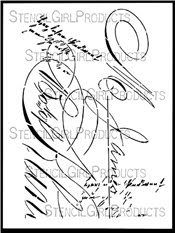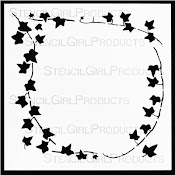StencilGirl Talk: Mary Beth Shaw's VLOG: March 2022
-
StencilGirl Talk: Mary Beth Shaw's VLOG: March 2022: Join Mary Beth in
Amsterdam and Paris! Click here for more information and registration!
Tuesday, December 31, 2019
Monday, December 30, 2019
Wednesday, December 18, 2019
Sunday, December 15, 2019
Friday, December 13, 2019
Thursday, December 12, 2019
Monday, December 9, 2019
Subscribe to:
Posts (Atom)




















































































